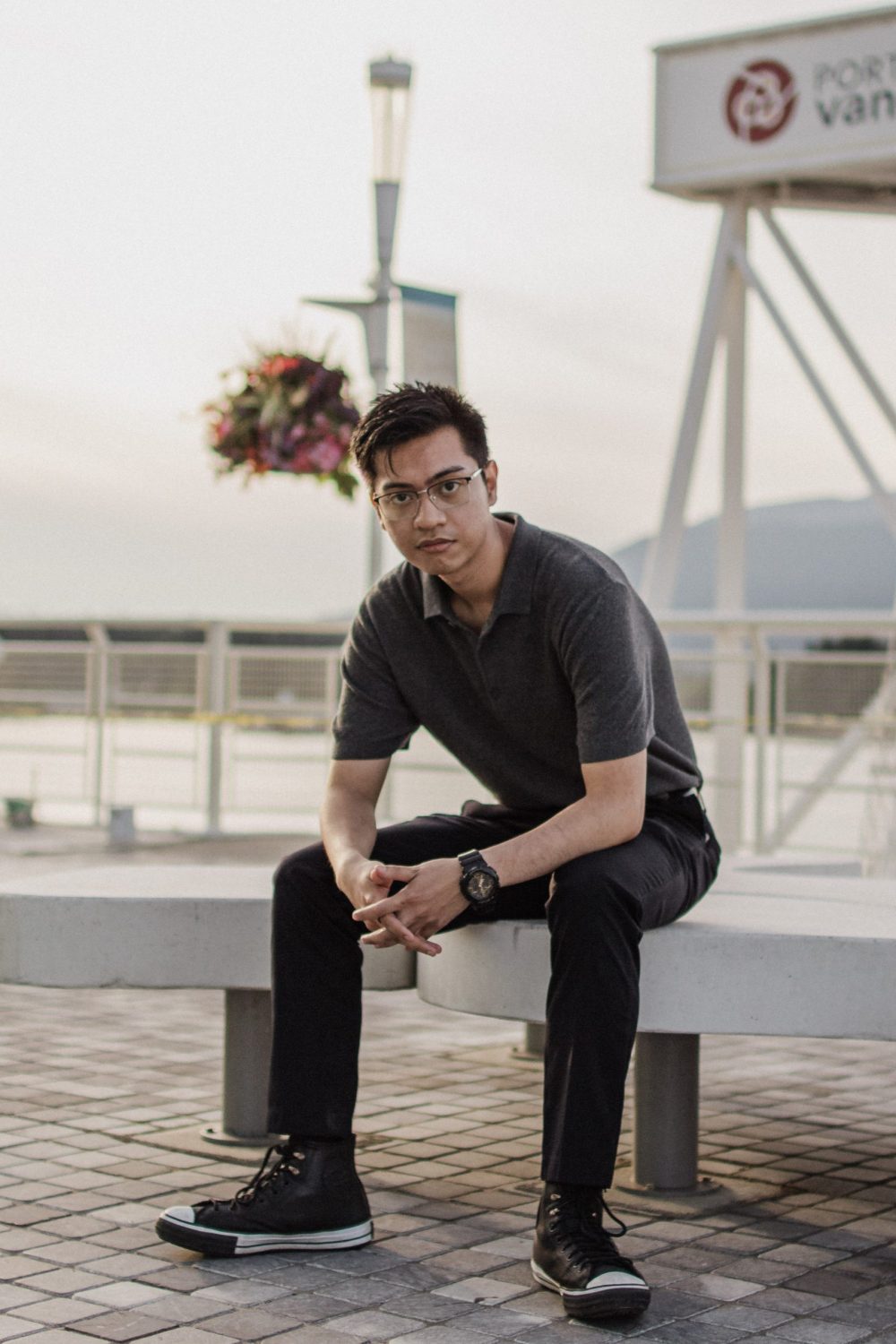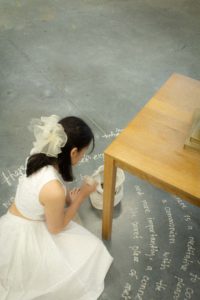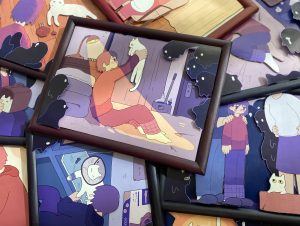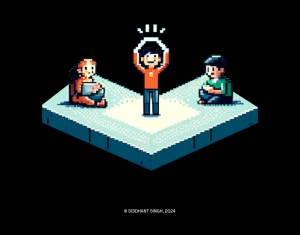The In Between (Cognitive Ergonomics Evaluation in Public Spaces: A Cultural-Affordance-Based Approach)
Erik Asia
See it On Campus: Level 2
Visitor InfoThis research explores the intersection between industrial and interaction design principles to create engaging interactive objects for public in-between spaces. It emphasizes not only designing with the body but also the mind, acknowledging the diverse cultural and social backgrounds of individuals. Employing a research-through-design approach with the creation of discursive artefacts, the study develops a cultural-affordance-based framework for cognitive ergonomics evaluation. This descriptive and reflective methodology departs from deterministic models, fostering cultural and social sensitivity in design for diverse populations.
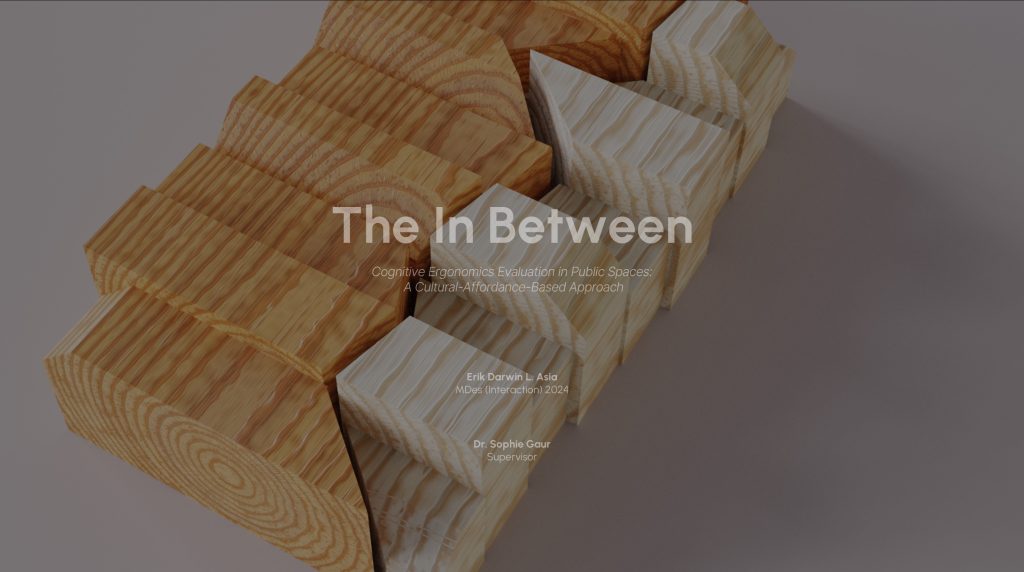

Three affordance typologies are proposed to understand user-object interactions in these spaces where affordances become invitations to action, information for response tuning, and identity forged through social practice.

Finally, the D.O.O.R. method, a four-stage process involving deconstructing interactions into non-contact and contact phases, embracing unexpected insights during field observations, associating implied operations through semantics, and employing a cognitive ergonomics evaluation scale to refine designed affordances in an object, is introduced to guide designers in implementing these concepts to reduce the burden of cognitive friction in users. This research aims to contribute to the creation of culturally sensitivity in the design and engagement with objects in public spaces, enriching transient encounters for a wider range of users.
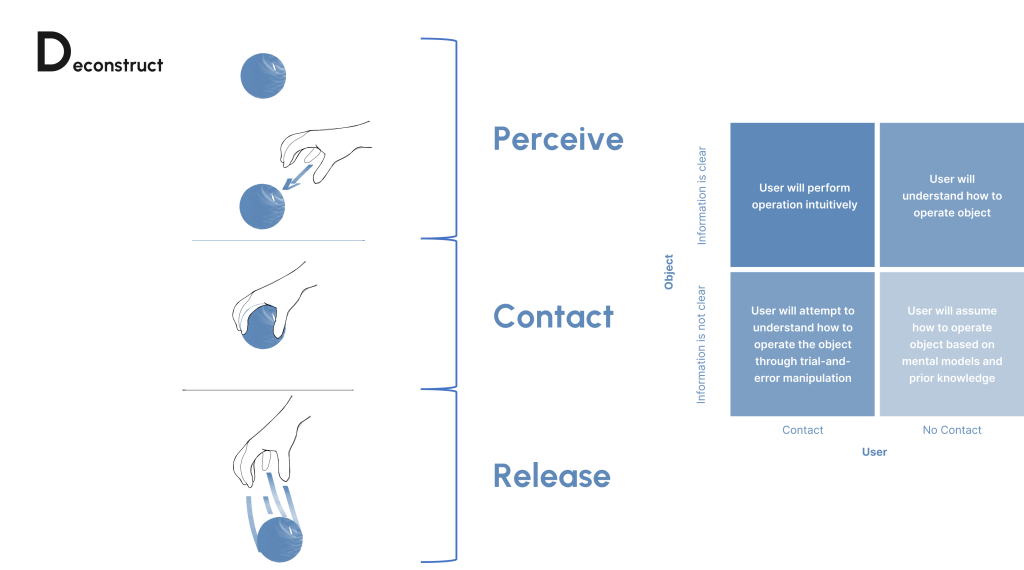
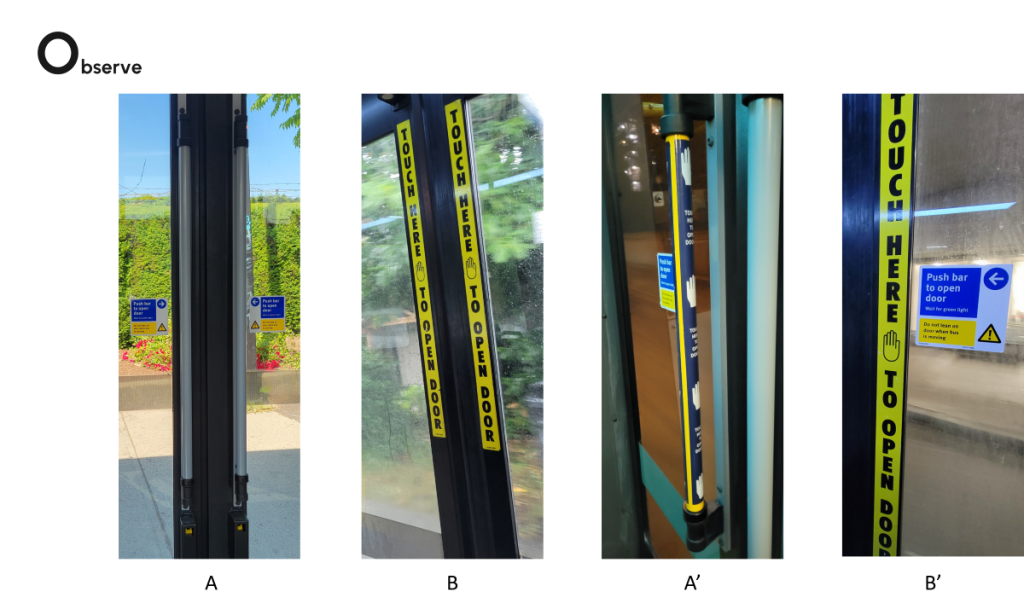
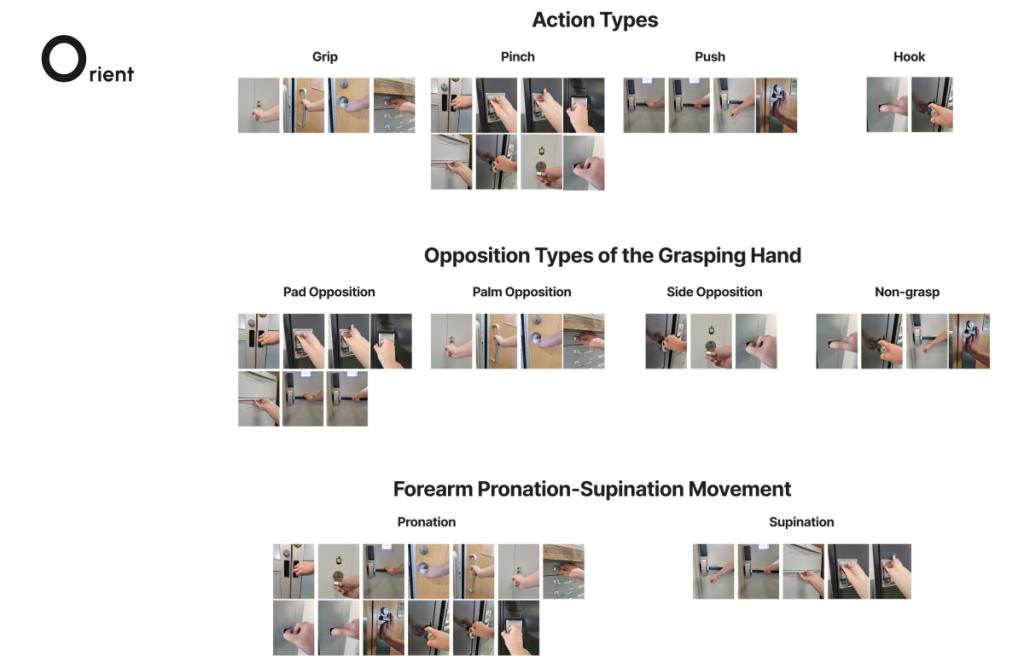

Strange Familiarity
This project is a set of discursive artefacts inspired from Filipino balikbayan boxes which are traditionally cardboard boxes wrapped repeatedly in packaging tape sent by an Overseas Filipino Worker (OFW) to their loved ones back home in the Philippines. These boxes contain goods such as canned goods, chocolates, medicines, clothes, accessories, and toiletries among others.
I designed this project consisting of a tuna can, supplement pill bottle, and a ring box that do not open conventionally as one would think they would. This challenges preconceived notions of object affordances and associated response while pointing to the narrative of how Filipino children with OFW parent(s) , myself included, would feel a strange familiarity whenever their parents would come home to the Philippines for a month or two for vacation every other year or so. It takes time to get accustomed to building that association and relationship even when one knows how they work. Participants from a workshop that were asked to note how they would open the objects simply by looking at them and then later by interacting with them found that even when they know the objects would not open conventionally, there was still a feeling of annoyance and irritation that they didn’t open as they would assume.
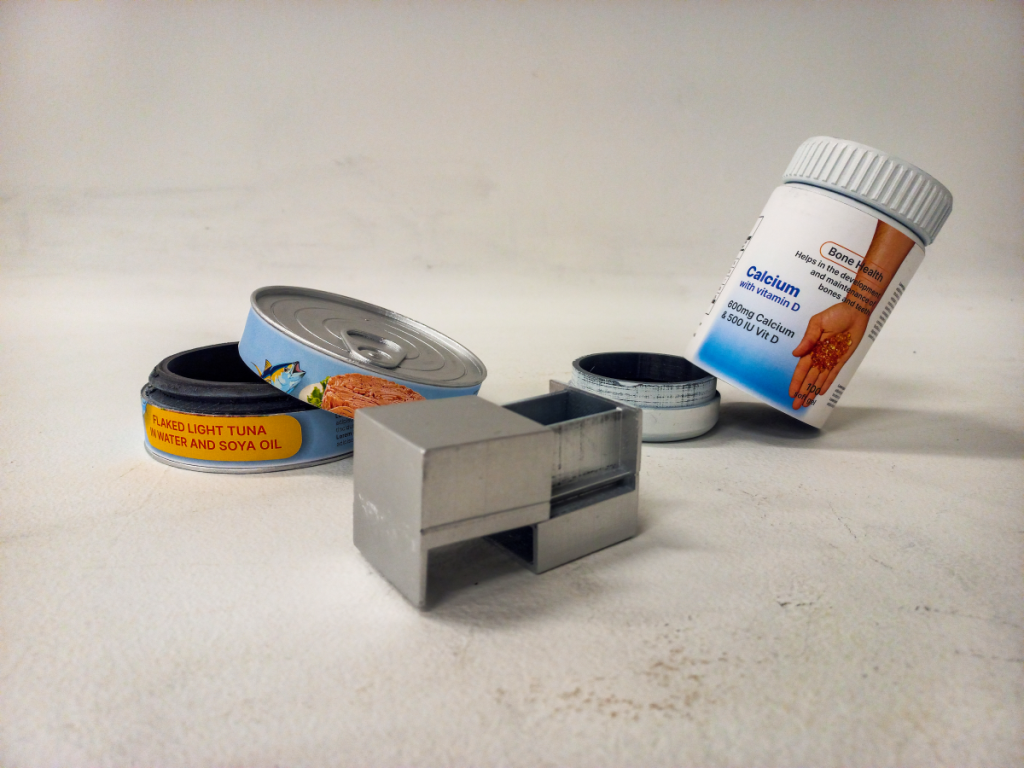
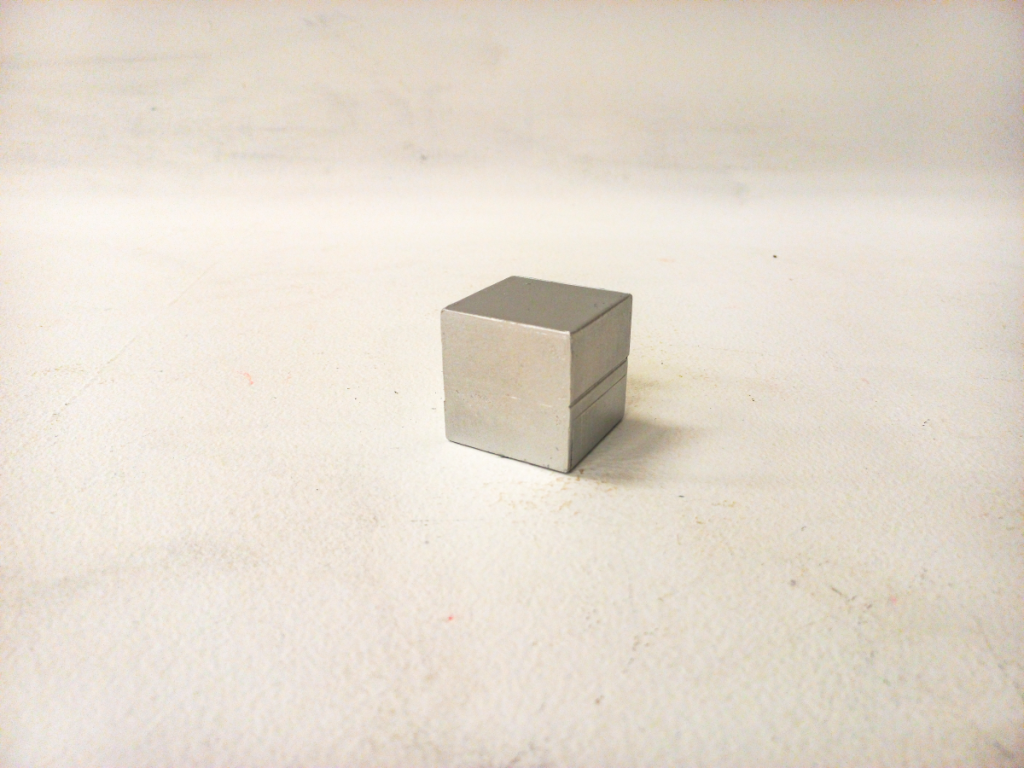
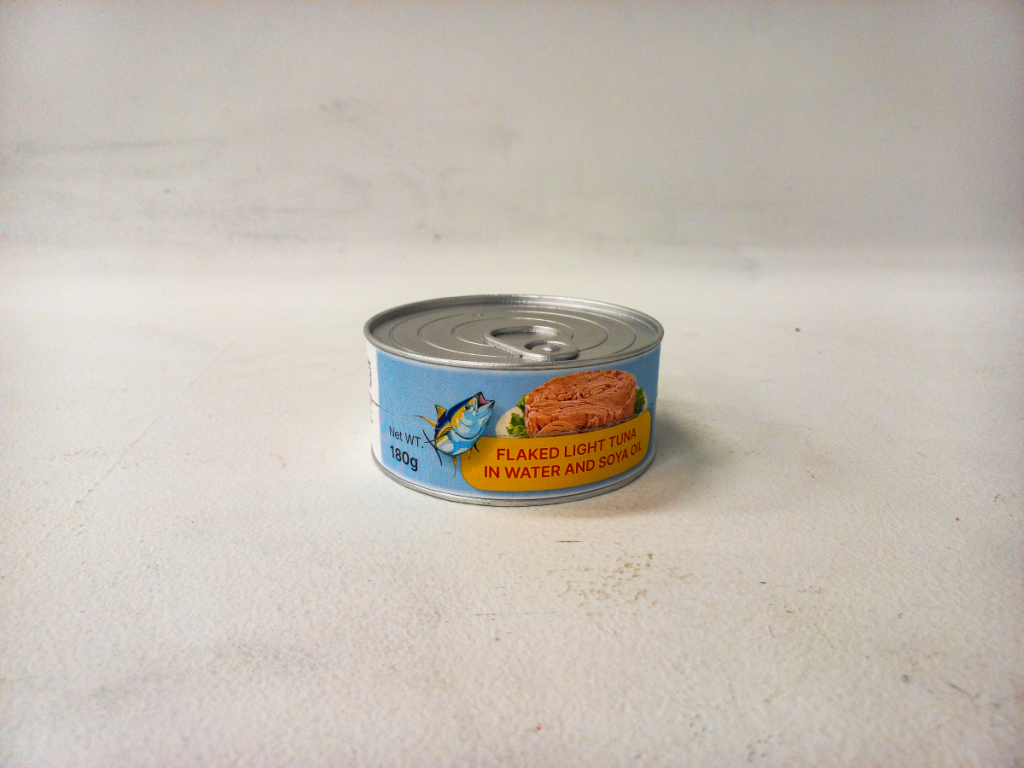
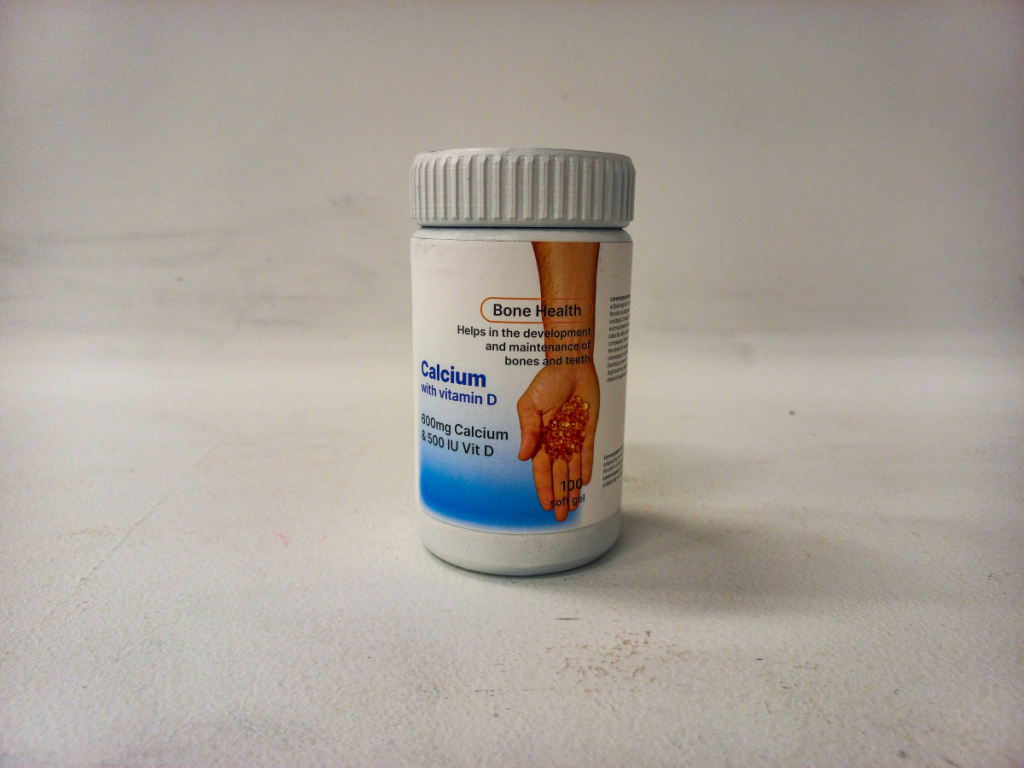
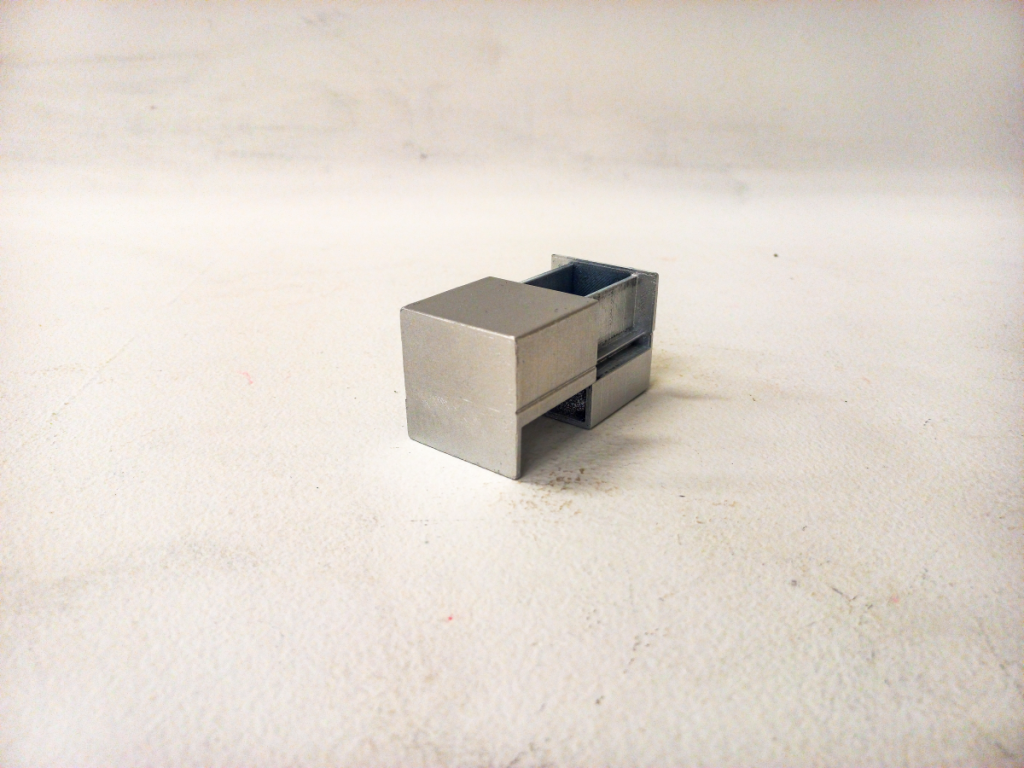
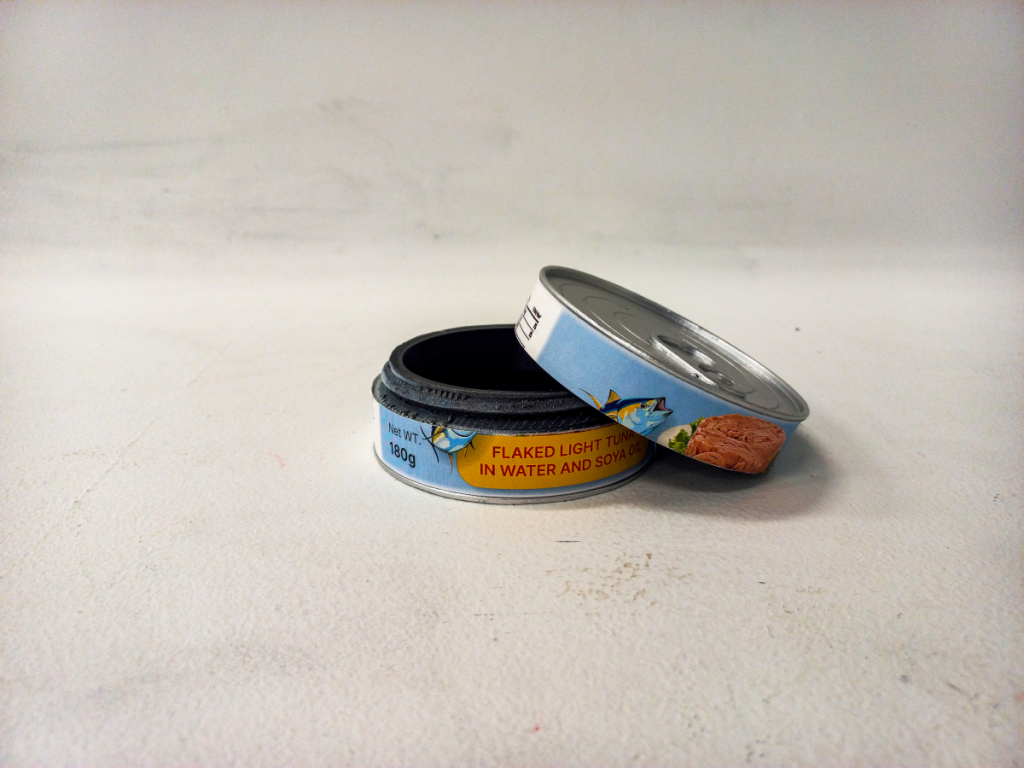
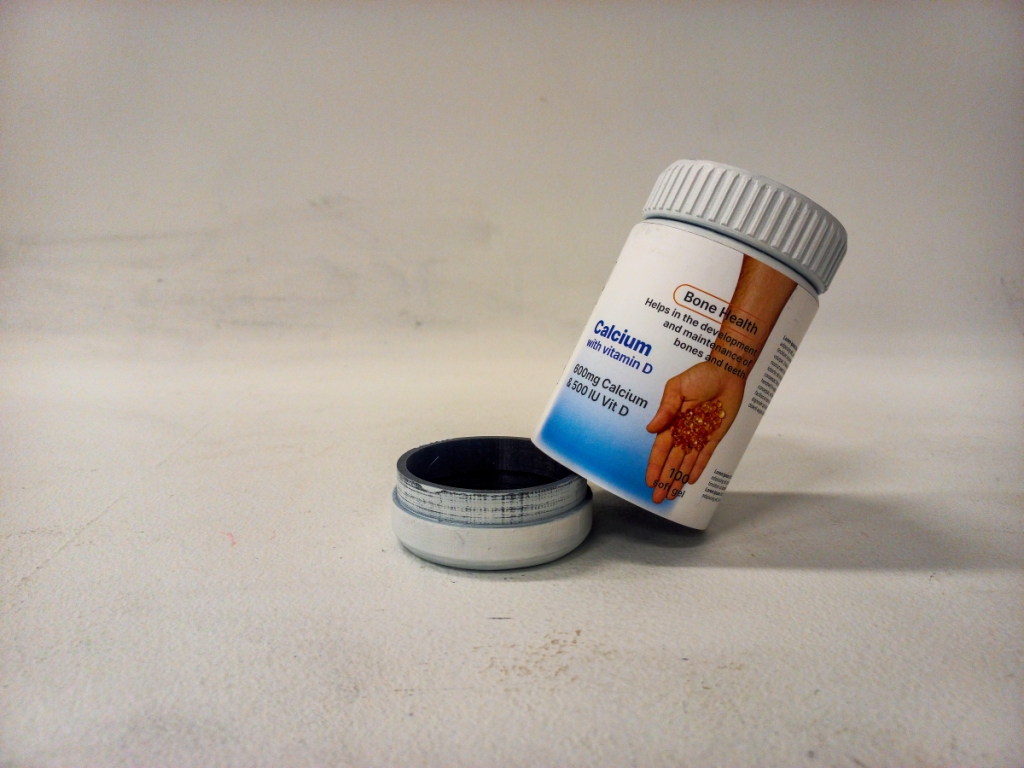
Traces: Invisible Imprints
This project sought to investigate whether we are directed to handle objects in ways dictated by how they are structured through an embodied practice of using the activity of dishwashing as research. I 3D printed cups that each uniquely transitions in form, from having horizontal to vertical ridges, having elongated slots to perforated holes, and even an overall curvature to the structure of the cup among others. Using invisible ink, I scrubbed the cups without much intent, as if I were washing dishes at home which I do everyday.
Through this project, I noticed certain instances where I had shifted how I was scrubbing the cups whenever their form
had changed midway. In doing so, I became more conscious of how I responded to objects’ forms as prompts for action. I
became even more aware not only in the act of dishwashing but in all my hand’s encounters with the objects around me daily.
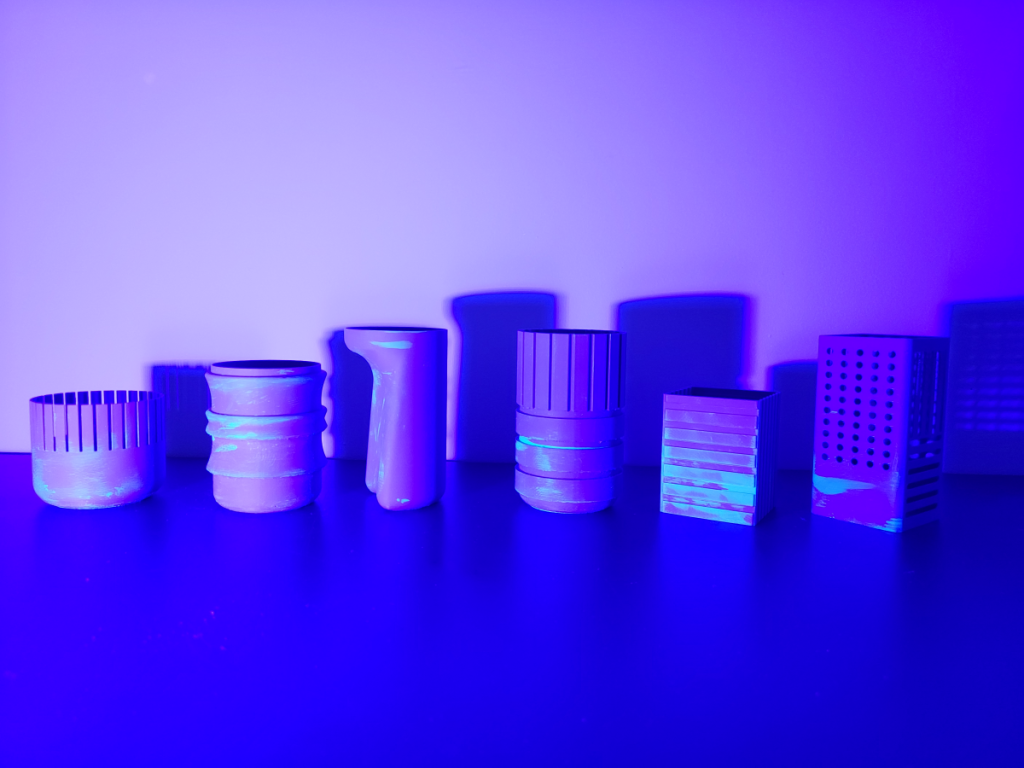
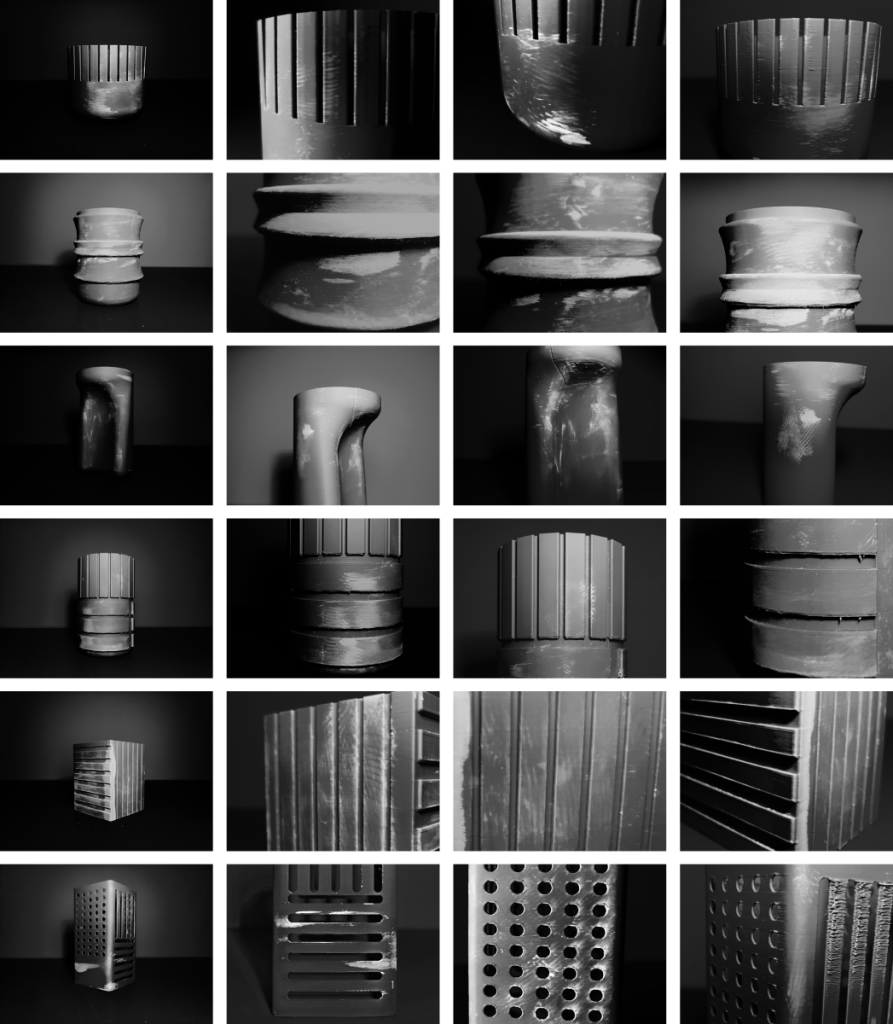
Tales of Moments
This project shows the culmination of the research findings through a modular lithophane lamp comprised of everyday scenarios in two very different contexts. It showcases Filipino and Vancouver contexts through everyday interactions with people and objects, contextualizing the cultural affordances that are specific to those contexts.
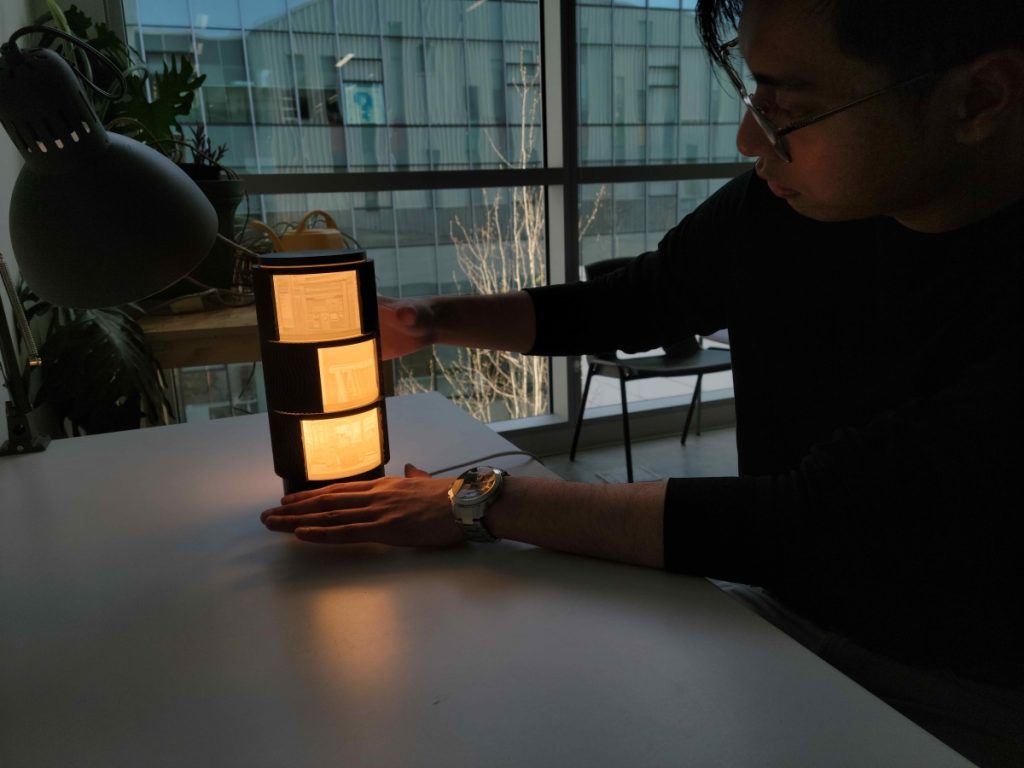
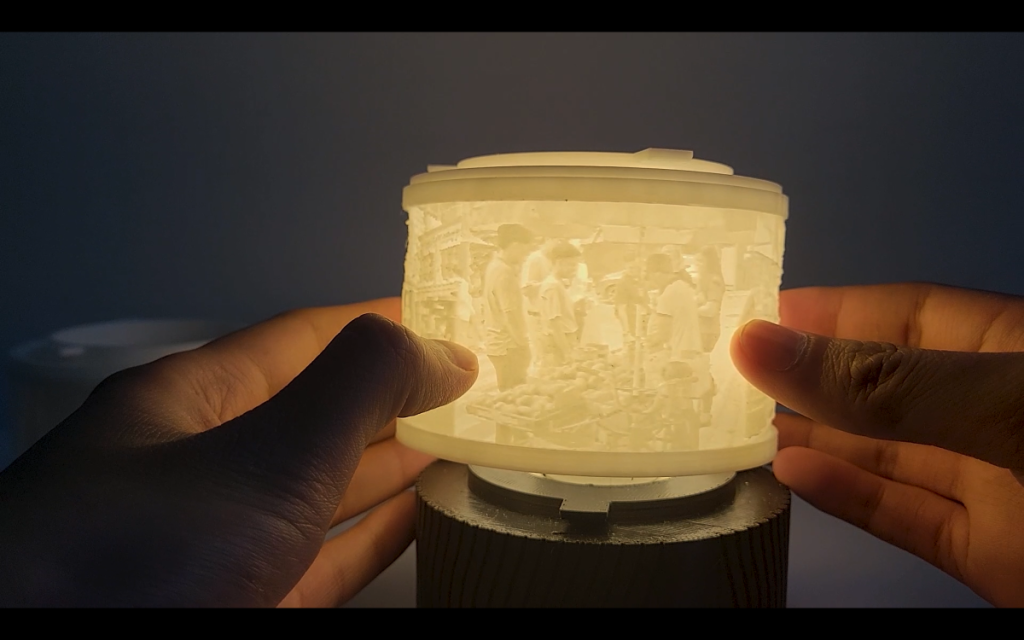
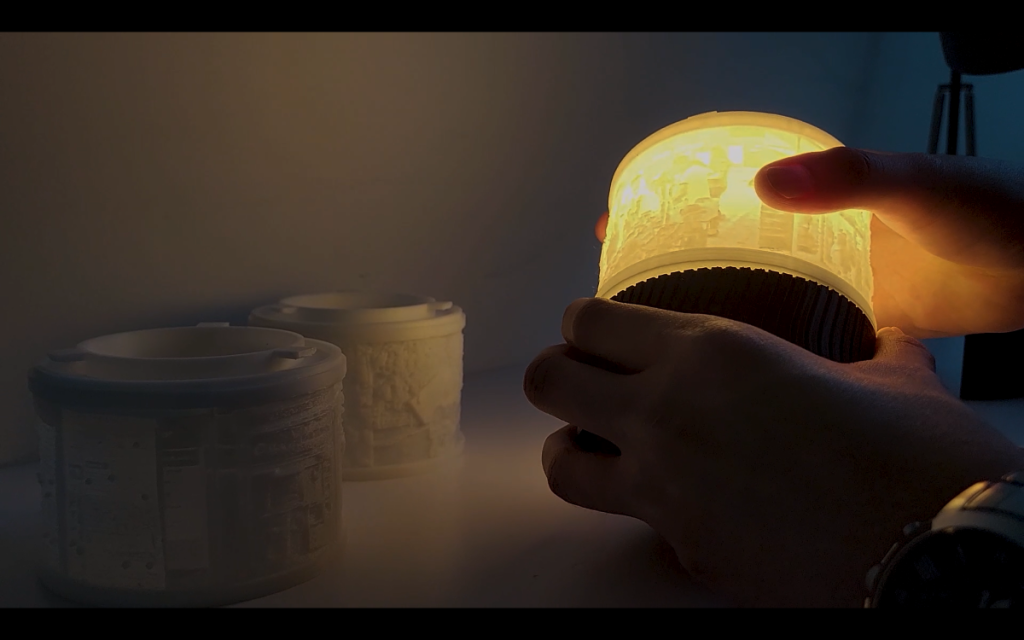
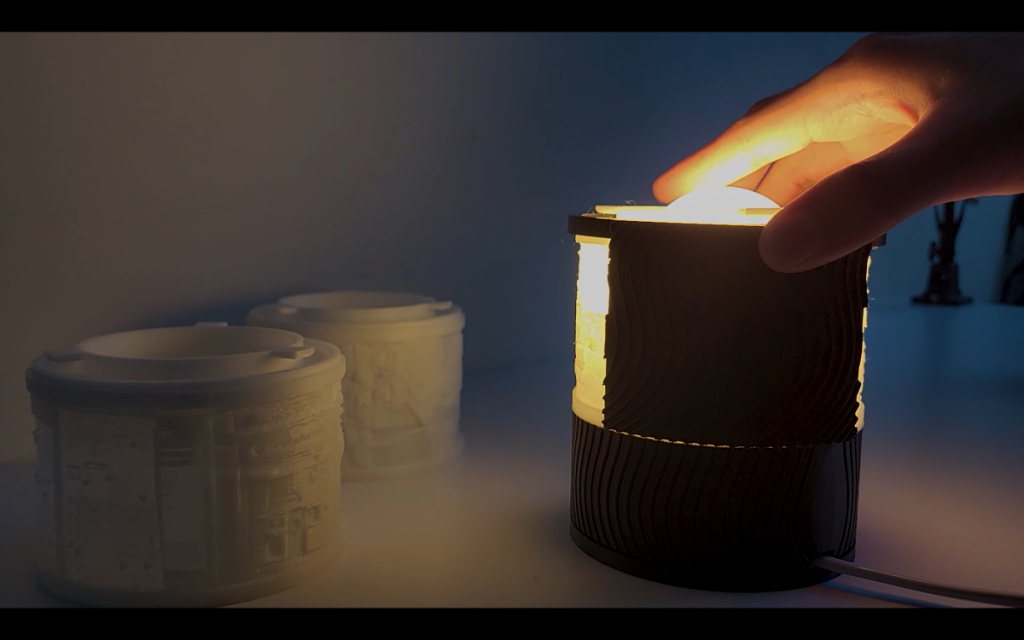
The shade covers the respective pair of lived moments as a narrative for how one tries to fit in a new foreign context they situate themselves in, constantly unlearning and relearning things whenever transitioning from one cultural context to another. The modularity of the lamp, however, emphasizes that despite one trying to cover and unlearn certain interactions with people and objects specific to one’s background, the mental model and association with the respective cultural affordances are always still within them waiting to be uncovered whenever they come back, taking each moment— past or current—and stacking them on top of one another as one creates experiences from those granular moments.
Shifting Patterns
This project shows the research’s conclusions on interactions with objects through an exploration of 3D printed zoetropes that puts emphasis to the varying factors affecting one’s perception. With the variation of form, pattern, rotation speed, camera shutter speed, and environment lighting, a small change in any of these causes a different pattern to emerge.
This creates a discourse on how unexpected behaviours arise from a multiplicity of perspectives and lived experiences. It acts as a reminder for us to consider a sensitivity to differences in perception, understanding, interpretation, and response to whatever we might design.

